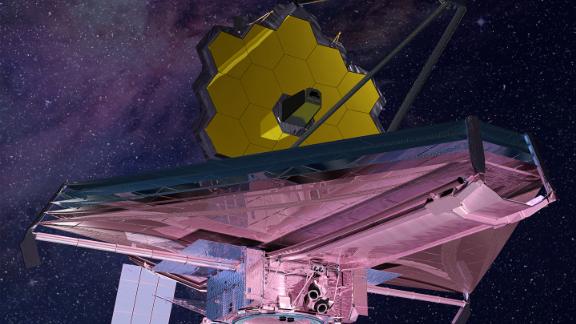

“In most cases, phosphates (on Earth and elsewhere in the solar system) are locked up in rocky minerals, but on Enceladus, they are dissolved in large quantities (as salts) in the ocean.” “The important part for habitability is that we found phosphates that have been dissolved in Enceladus’ ocean and, with that, are readily available for the formation of potential life,” Postberg said. Webb telescope spies massive plume erupting from Saturn’s moon Enceladus The inset, an image from the Cassini orbiter, emphasizes how small Enceladus appears in the Webb image compared to the water plume.Ĭredits: NASA/ESA/CSA/STScI/G. In this image, NASA's James Webb Space Telescope shows a water vapor plume jetting from the southern pole of Saturn's moon Enceladus, extending out 20 times the size of the moon itself. The data revealed high concentrations of sodium phosphates, or molecules that chemically bind sodium, oxygen, hydrogen and phosphorus together, inside the ice grains. “These Cassini measurements leave no doubt that substantial quantities of this essential substance are present in the ocean water.”

“Previous geochemical models were divided on the question of whether Enceladus’ ocean contains significant quantities of phosphates at all,” Postberg said. It’s the first time that phosphorus has been discovered in an ocean beyond Earth. Life as we know it would simply not exist without phosphates.” “It is essential for the creation of DNA and RNA, cell membranes, and ATP (the universal energy carrier in cells) for example. Frank Postberg, a professor of planetary sciences at Freie Universität Berlin, in a statement. “Phosphorus in the form of phosphates is vital for all life on Earth,” said lead study author Dr. A study detailing the findings was published Wednesday in the journal Nature. Now, scientists can add phosphorus to the list. Previously, researchers detected the presence of sodium, potassium, chlorine and carbonate compounds in the ice grains collected and analyzed by Cassini. The spacecraft flew through the plumes of Enceladus and Saturn’s E ring many times, and Cassini’s Cosmic Dust Analyzer detected minerals and organic compounds necessary for life. Scientists used data from NASA’s Cassini mission, which studied Saturn and its moons between 20.

That material becomes incorporated into Saturn’s outermost E ring. Phosphorus was detected in salty ice grains that were released into space by plumes that erupt between the cracks of the moon’s ice shell.Īn ocean exists beneath the thick, icy surface of Enceladus, and plumes of material regularly release from geysers at the moon’s south pole. A key chemical building block of life has been found on Saturn’s moon Enceladus.


 0 kommentar(er)
0 kommentar(er)
